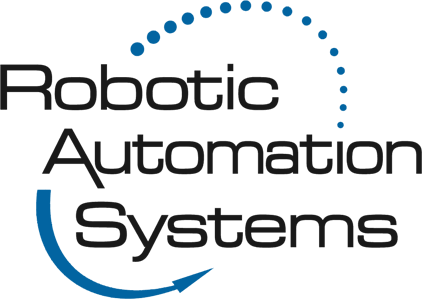5 Types of Industrial Robots
It’s been estimated that 45% of manufacturing production can be automated with robots. In light of this, virtually any manufacturing process can be done by or assisted by robotic automation.
There are several basic types of industrial robots, each variety suited to different purposes. To choose the best fit for your particular manufacturing process, it’s important to understand the different types.
Here’s a brief summary of each type:
Articulated Robot
The most common robot is the articulated robot. These are the most common industrial robots. They have an articulated arm which resembles a human arm, and they have joints similar to an elbow, shoulder or wrist, but they can have up to 10 joints. They are used predominantly for printing, packaging, welding, machine tending, material handling, and metalwork.
Cartesian
These robots have similar applications to the articulated robots but are less expensive. They are highly customizable and are easy to use and program. Customers can determine the stroke length, speed and precision of the robots, because most of the parts arrive separately and are assembled by the machine builders. The linear movements of the Cartesian elements give the robot a cube shaped workspace.
SCARA Robots
SCARA is an acronym for Selective Compliance Articulated Robot Arm. They are all-in-one robots, meaning a SCARA robot is equipped with x, y, z and rotary motion in one package that comes ready-to-go, apart from the end-of-arm tooling. SCARA robots are particularly well suited for small electronic manufacturing because of their small footprint, simplicity and low cost.
Polar
Polar robots are also referred to as spherical robots. The name comes from their movement along two polar coordinates. They have an arm attached to two rotary joints and one linear joint. These robots have been around since the 1950’s and are considered obsolete technology, but they can still be used in situations where cost is a major factor to consider.
Delta
Delta robots are the fastest and most expensive. They have a unique, dome-shaped work envelope in which they can achieve very high speeds. Delta robots are best for fast pick and place or product transfer applications like moving parts from a conveyor belt and placing them in boxes or onto another conveyor belt. They also come as complete solutions for machine designers but are more complicated in use than the SCARA robots. The main advantage of Delta robots is their speed and precision.
Robotic Automation Systems has been a leader and innovator integrating automation and robotics for the plastics industry since 1993. Robotic Automation Systems solutions are custom engineered, built and fully integrated into your application and process – from complete turnkey automation systems to specific robotic automation application needs and tooling. We proudly represent a broad range of high-quality automation robots from several top-of-the-line manufacturers.
If you would like to see how we can help you with your automation or robotic needs, visit our website, or contact us at (608) 849-0880.
